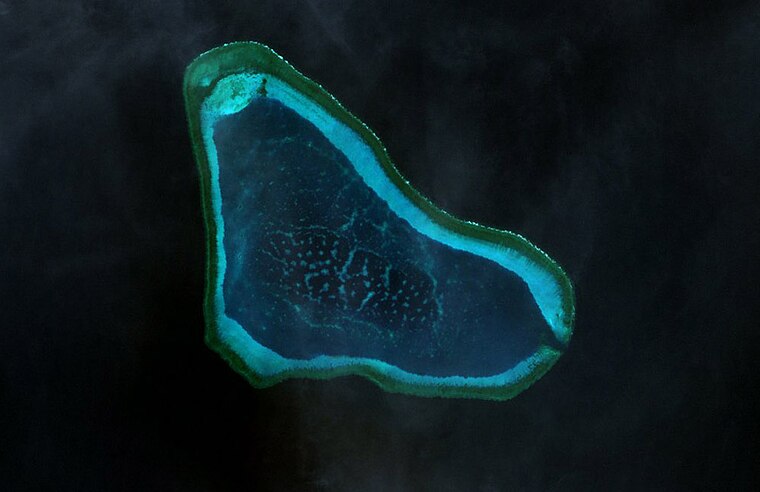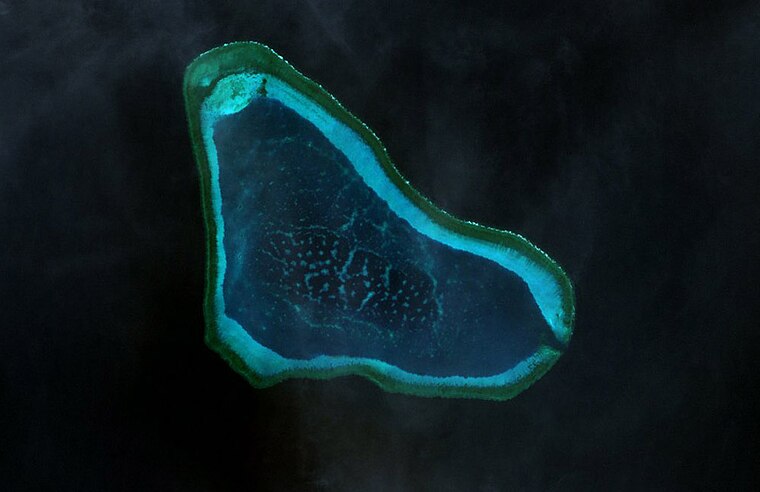
China’s actions in the Panatag Shoal, internationally known as Scarborough Shoal or Bajo de Masinloc, have become a focal point in the ongoing territorial disputes within the South China Sea. These disputes are not new but have escalated in recent years, involving multiple nations claiming overlapping areas. The situation at Panatag
Shoal is particularly delicate, highlighting the tension between the Philippines and China regarding sovereignty and maritime rights.
Located within the Philippines’ exclusive economic zone (EEZ), Panatag Shoal is strategically important due to its proximity to vital sea lanes and its potential for rich marine resources. Despite its geographical location, the shoal has been under China’s de facto control since 2012. This control has been enforced through various measures, including deploying coast guard vessels, military assets, and artificial installations, much to the frustration of neighboring nations and the international community.
Recent events have seen China intensify its presence at Panatag Shoal, blocking Philippine maritime missions and patrolling the area with sophisticated naval assets. During one mission to resupply and assert the Philippines’ claims, Chinese Coast Guard vessels issued radio challenges to deter Filipino ships from approaching the shoal. Reports also indicated the deployment of Chinese H-6 bombers in nearby regions, a move seen as a demonstration of Beijing’s military dominance and resolve.
These actions by China have not gone unnoticed, with the international community expressing concern over the implications for regional stability and adherence to international law. The Philippines has continued to advocate for its rights over Panatag Shoal, citing the 2016 ruling by the Permanent Court of Arbitration in The Hague invalidating China’s expansive claims in the South China Sea. However, China has repeatedly dismissed this ruling, asserting historical claims and strengthening its foothold in disputed waters.
The broader geopolitical context of the South China Sea dispute is complex, with nations like Vietnam, Malaysia, Brunei, and Taiwan also involved in territorial claims. The area is home to significant trade routes, accounting for a substantial portion of global shipping activity. Additionally, the sea is believed to contain vast reserves of oil, natural gas, and fishery resources, making it a coveted region for economic and strategic reasons.




